10 Days Driving Oman: Muscat to the Mountains and Back
On a 10-day circular road trip around Oman, Sarah Duff combines unmissable sights with a mixture of off-the-beaten-track adventures.
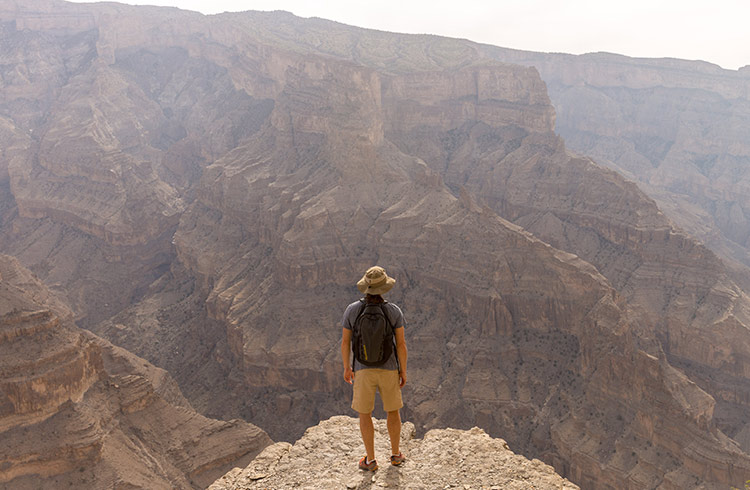 Photo © Sarah Duff
Photo © Sarah Duff
To make the most of the standard 10-day tourist visa, we hire a car and take a circular road trip around Oman, starting and ending in Muscat.
- Snorkeling the Daymaniyat Islands
- Wild Camping Near Wadi Shab
- Sharquiya (Wahiba) Sand Dunes
- Al Hamra
- Misfat Al Abriyeen
- Nizwa
- Camping in Jebel Shams
- Jebel Akhdar
- Trip Notes
Snorkeling the Daymaniyat Islands
After landing in Muscat, my partner and I spend a day exploring the modern coastal city and stocking up food, water and snacks at a supermarket ahead of our road trip. Before we hit the road, we head out early for a half-day snorkeling trip to the Daymaniyat Islands, a nature reserve 27mi (43km) offshore in the Gulf of Oman. The islands are rocky and barren, but it’s the tropical fish and placid turtles that we’re here to see.
We leave Muscat in our rented Suzuki Jeep, driving south along the hilly highway which hugs the desert coastline. It’s common for travelers to hire cars (and there are a number of car hire companies to choose from) to travel around Oman. The roads are excellent, driving is easy and it’s a great way to independently explore the country.
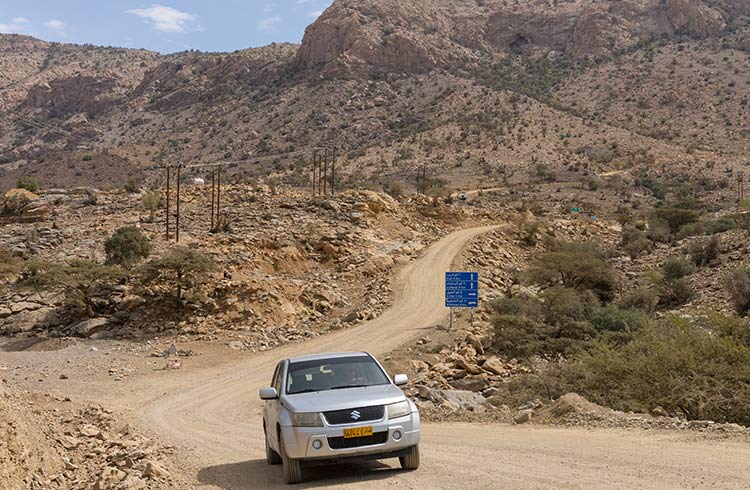
Wild Camping Near Wadi Shab
Just over 100 miles (160km) from Muscat, we turn onto a dirt track along the coast to camp. Wild camping is allowed almost everywhere in Oman, and we find a quiet spot to set up our tent.
The sun’s heat wakes us early the next morning (it’s early April, the start of summer), so we pack up and head to Wadi Shab, the country’s most famous oasis, and find we’re the first to arrive in the car park. A 45-minute hike leads us to a river cavern, a spectacular place for our refreshing swim.
Sharquiya (Wahiba) Sand Dunes
After a 40-minute drive south, we turn inland at the coastal town of Sur, heading 84mi (136km) to the rolling dunes of Sharqiya (Wahiba) Sands, to spend the night in a goat-hair tent at a Bedouin camp. We’re surrounded by endless undulating ridges, but the non-stop drone of dune-bashing 4x4s and quad bikes ruins our expectation of a serene desert experience.
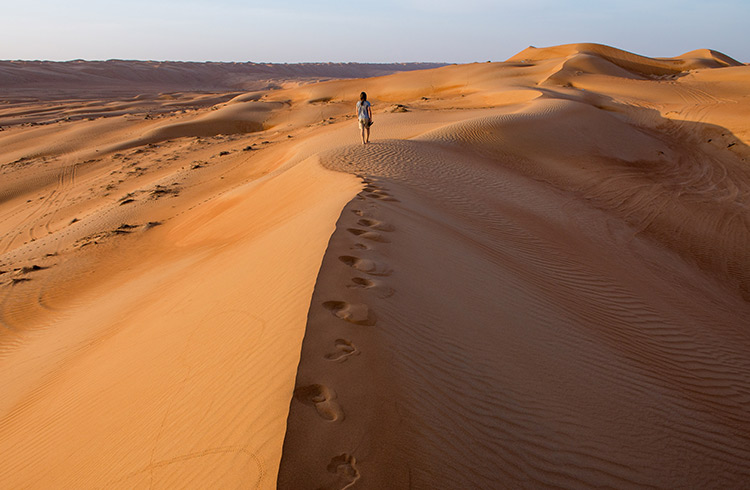
Al Hamra
We watch the sunrise over the dunes, then get back on the highway for the three-hour drive north to Al Hamra, a village in a lush pocket of date palms with crumbling mud-brick houses. After checking into our guesthouse, we explore the village and find we are the only visitors.
We discover Bait al Safah, a 400-year-old house-turned living museum. Inside dark cool rooms, we admire antiques, and local women demonstrate traditional breadmaking and coffee grinding. We are shown around by Fatima, a local woman who serves us traditional Omani cardamom coffee and explains the building used to be a Sufi nunnery.
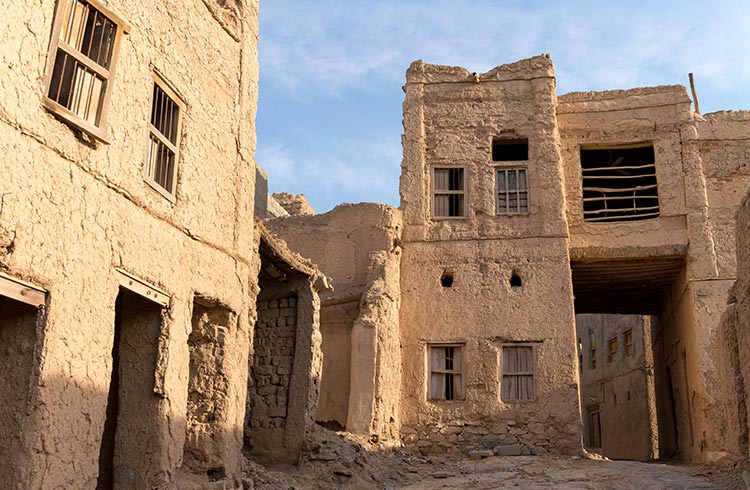
Misfat Al Abriyeen
A short drive away, the village of Misfat Al Abriyeen is busier than Al Hamra, but still a peaceful green haven. The famous Omani falaj system of irrigation canals is evident everywhere, bringing water to terraced gardens of date palms, mango, pomegranate, and banana trees. We drink fresh ginger and lime juice and explore the shady labyrinthine lanes and canals on foot to get a taste of traditional life in Oman.
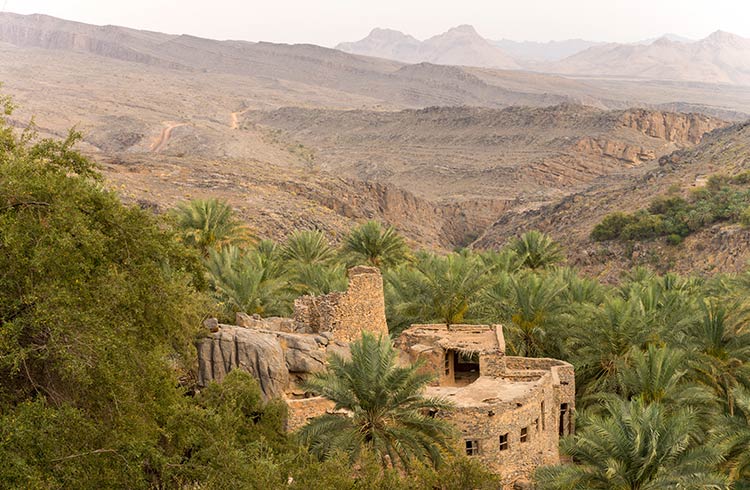
Nizwa
Next, we head 47mi (76km) southeast to the city of Nizwa, the former Omani capital. On the way, we stop at Jibreen Castle, built in the 17th century by the ruling Yaruba dynasty. It feels like we’re going back in time while we look at delicately painted ceilings and discover a special second-level room that was once used for the Imam’s horse. We also learn about so-called ‘murder holes’, through which boiling-hot date oil was poured on invaders.
In atmospheric Nizwa, we wander around the fort and practice our Arabic numbers with friendly shopkeepers at the souk when we buy bags of dates and boxes of sweet camel-milk (halwa).
Camping in Jebel Shams
Leaving Nizwa, a winding road takes us 52mi (85km) to rugged, mountainous Jebel Shams which is home to the country’s highest point – 9,934ft (3,028m). We set up our tent to wild camp on top of the cliffs, looking down into the dizzyingly dramatic, barren abyss of the Grand Canyon of Arabia.
The next morning, we take the two-and-a-half hour Al Nakhur Rim Hike along the rim of the canyon with just a few bleating goats for company.
Jebel Akhdar
It takes us three hours to drive the 85mi (138km) down to the plains and back up again to reach the neighboring mountain of Jebel Akhdar. We literally go off the beaten track, turning onto a steep dirt road to reach our guesthouse in Al Sawjarah, an abandoned stone village clinging to the cliffside.
Our host, Mohammed, explains that his family had lived here for five centuries before moving to the other side of the ravine just a few years ago, to build modern houses. They’ve now turned the old houses into guest rooms.
We’re the only ones staying here for the night. After Mohammed brings us dinner prepared by his sister, we share the village with a lone donkey, its clopping hooves echoing across the ravine.
This is the last night of our trip before we head back to Muscat. I had high hopes for Oman, and my expectations have been exceeded: from mountain hiking to turtle snorkeling, wild camping to meeting friendly, welcoming people wherever we went, I’ll definitely be back.
Trip Notes
How to budget for an Oman trip
Oman is an expensive country and there aren’t many options for budget accommodation. The best way to save on costs is to wild camp, which is permitted nearly everywhere. Car rental prices start at around US $33 a day for a sedan, though you do save on cheap gas.
Where to get camping gear
If you don’t have your own camping gear, you can buy everything you need at the Carrefour in Muscat. Another option is to rent gear: Nomad Tours and Sights Tours Car Rental offer both rental cars and equipment rental.
What to pack for an Oman trip
Respect local culture and dress modestly in Oman. Women should cover upper arms and shoulders and wear below-the-knee shorts or skirts. Men should wear t-shirts that cover their shoulders and below-the knee-shorts or long trousers. It’s hot, so wear loose, lightweight clothing, wide-brimmed hats and sunglasses.
The roads in Oman are excellent and it’s simple to navigate using Google Maps or another GPS. Drivers generally follow road rules and most people drive new 4x4s. It’s not essential to rent a 4x4 but you will need one if you’re driving up to Jebel Shams and Jebel Akhdar.
There are many towns and villages along this route to stop to eat at restaurants and to stock up on food and water.
Related articles
Simple and flexible travel insurance
You can buy at home or while traveling, and claim online from anywhere in the world. With 150+ adventure activities covered and 24/7 emergency assistance.
Get a quote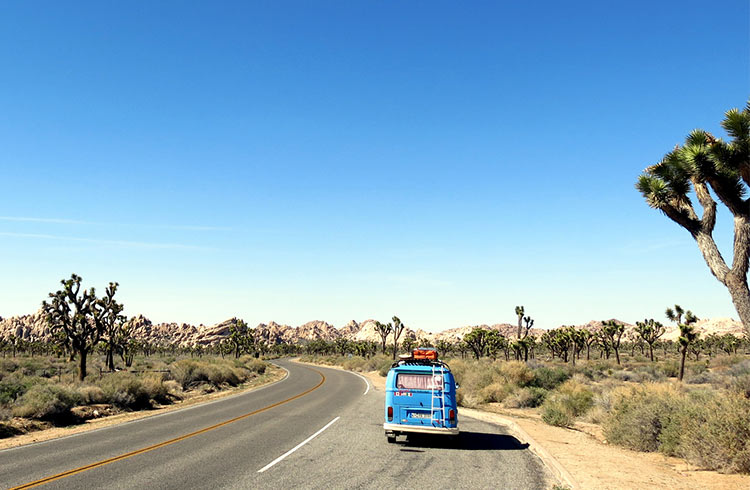


No Comments